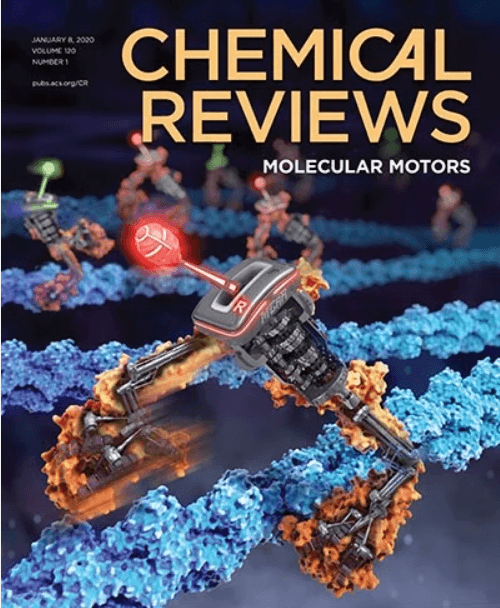Controlling Stereoselectivity with Noncovalent Interactions in Chiral Phosphoric Acid Organocatalysis
IF 51.4
1区 化学
Q1 CHEMISTRY, MULTIDISCIPLINARY
引用次数: 0
Abstract
Chiral phosphoric acids (CPAs) have emerged as highly effective Brønsted acid catalysts in an expanding range of asymmetric transformations, often through novel multifunctional substrate activation modes. Versatile and broadly appealing, these catalysts benefit from modular and tunable structures, and compatibility with additives. Given the unique types of noncovalent interactions (NCIs) that can be established between CPAs and various reactants─such as hydrogen bonding, aromatic interactions, and van der Waals forces─it is unsurprising that these catalyst systems have become a promising approach for accessing diverse chiral product outcomes. This review aims to provide an in-depth exploration of the mechanisms by which CPAs impart stereoselectivity, positioning NCIs as the central feature that connects a broad spectrum of catalytic reactions. Spanning literature from 2004 to 2024, it covers nucleophilic additions, radical transformations, and atroposelective bond formations, highlighting the applicability of CPA organocatalysis. Special emphasis is placed on the structural and mechanistic features that govern CPA–substrate interactions, as well as the tools and techniques developed to enhance our understanding of their catalytic behavior. In addition to emphasizing mechanistic details and stereocontrolling elements in individual reactions, we have carefully structured this review to provide a natural progression from these specifics to a broader, class-level perspective. Overall, these findings underscore the critical role of NCIs in CPA catalysis and their significant contributions to advancing asymmetric synthesis.

用非共价相互作用控制手性磷酸有机催化中的立体选择性
手性磷酸(CPAs)作为一种高效的Brønsted酸催化剂,经常通过新的多功能底物激活模式在不断扩大的不对称转化中出现。多功能和广泛的吸引力,这些催化剂受益于模块化和可调的结构,并与添加剂的兼容性。鉴于可以在cpa和各种反应物之间建立的独特类型的非共价相互作用(nci)──如氢键、芳香相互作用和范德华力──这些催化剂系统已成为获得各种手性产物结果的有前途的方法,这并不奇怪。这篇综述的目的是提供一个深入探索的机制,通过cpa赋予立体选择性,定位NCIs作为中心特征,连接广泛的催化反应。从2004年到2024年,它涵盖了亲核加成,自由基转化和atroopselective键形成,突出了CPA有机催化的适用性。特别强调的是控制cpa -底物相互作用的结构和机械特征,以及为增强我们对其催化行为的理解而开发的工具和技术。除了强调个体反应中的机械细节和立体控制元素外,我们还精心组织了这篇综述,以提供从这些细节到更广泛的类水平视角的自然进展。总之,这些发现强调了NCIs在CPA催化中的关键作用及其对推进不对称合成的重要贡献。
本文章由计算机程序翻译,如有差异,请以英文原文为准。
求助全文
约1分钟内获得全文
求助全文
来源期刊

Chemical Reviews
化学-化学综合
CiteScore
106.00
自引率
1.10%
发文量
278
审稿时长
4.3 months
期刊介绍:
Chemical Reviews is a highly regarded and highest-ranked journal covering the general topic of chemistry. Its mission is to provide comprehensive, authoritative, critical, and readable reviews of important recent research in organic, inorganic, physical, analytical, theoretical, and biological chemistry.
Since 1985, Chemical Reviews has also published periodic thematic issues that focus on a single theme or direction of emerging research.
 求助内容:
求助内容: 应助结果提醒方式:
应助结果提醒方式:


